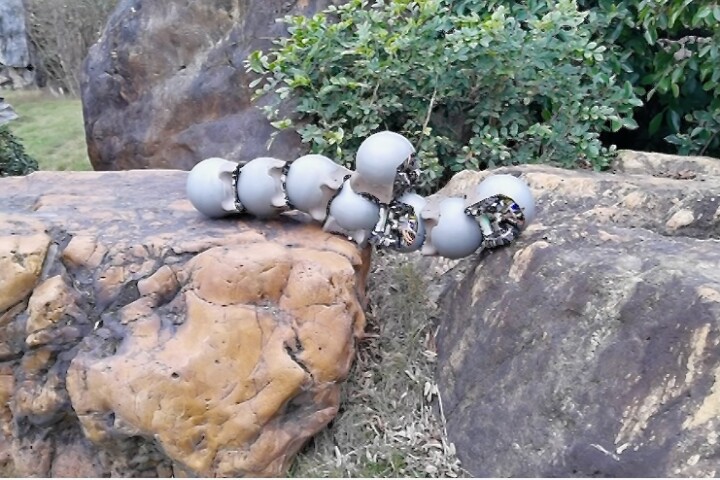If you’re still a little strapped for cash and can’t afford a powerboat and a submarine, then you might want to consider this cross between the two - the Hyper-Sub. On top of the water it boasts speeds of 40 knots with a range of 500 surface miles thanks to twin 440 horsepower inboard Yanmar diesel engines and a 525-gallon fuel tank, while underwater it can dive to depths of 250 feet using an electric over hydraulic self-recharging dive system.
The Hyper-Sub measures 31 foot long with seating for up to five people, including the pilot, and was specifically designed to be a “general use” submarine, with a purpose-configurable design that allows for both recreational and industrial use. And unlike the Scubacraft, the Hyper-Sub is a fully enclosed craft that lets users explore the ocean depths and stay dry.
To be built by Florida-based Marion Hyper-Submersible Powerboat Design, LLC, the Hyper-Sub will come in three models designed to meet a variety of uses from recreational to industrial. All three models incorporate the same patented ballasting, air, and hull technology that enables the flexibility of the design. The primary differences between the “sport” recreational model and the “industrial” models is in how they are configured when customized.
Underwater performance of the craft will depend on usage. Based on a standard battery load four AGN-type battery banks storing 26kWh the Hyper-Sub will be able to cruise at a speed of 3.7 knots for a period of one hour. However, taking the speed down to 1.4 knots will extend the craft’s endurance to around 20 hours. The battery bank can go from full discharge to 100 percent charge in 90 minutes, or from full discharge to 80 percent charge in 60 minutes.
Hyper-Sub Models
The HS-250 Sport is designed with individual owners and charter operators in mind for recreational and tourism use as evidenced by its all-acrylic canopy offering 180-degree views. It can dive to depths of up to 250 feet and both surface and submerged performance can be enhanced and extra capabilities added through the addition of optional components. The HS-250 also has more luxurious seating and recreational decks than its stablemates. The HS-600 and HS-1200 models offer a more rugged design intended for industrial, salvage, or government operations. The HS-600 can dive to depths of 600 feet with a safety factor of 7, while the HS-1200 is configured for users requiring deeper dive applications with the ability to dive to depths of 1200 feet. The HS-600 and HS-1200 boast an underwater lifting capacity of 12 tons.
Both models have rugged hull materials that can be welded on site, with hard points to mount manipulators and tools, and storage space for payload. All share the same safety systems and the pressure hulls are largely identical. The HS-250 is actually built to withstand the pressure of much greater depths but the company recommends a maximum diving depth of 250 feet to ensure a greater margin of safety. And, although the Hyper-Sub is still in the prototype stage, all production models will be built to ABS standards and certified.
A prototype Hyper-Sub, the Fathom, has been constructed and subjected to a number of tests since its initial launch and test in July, 2007. In January, 2008 the prototype completed two successful months of in-water testing in which it was subjected to battery of tests on all vessel systems. The successful completion of these tests marked the end of the “proof of concept” portion of the Hyper-Sub’s development, but it hasn't yet made it to market.
Marion Hyper-Submersible Powerboat Design are now refining the Hyper-Sub prototype design to produce a production-quality vessel. Because the company has not yet determined the costs of production it has not yet announced a price for the craft. But we wouldn’t be surprised if it had the price tag of a powerboat and a submarine combined.
Via uncrate.










